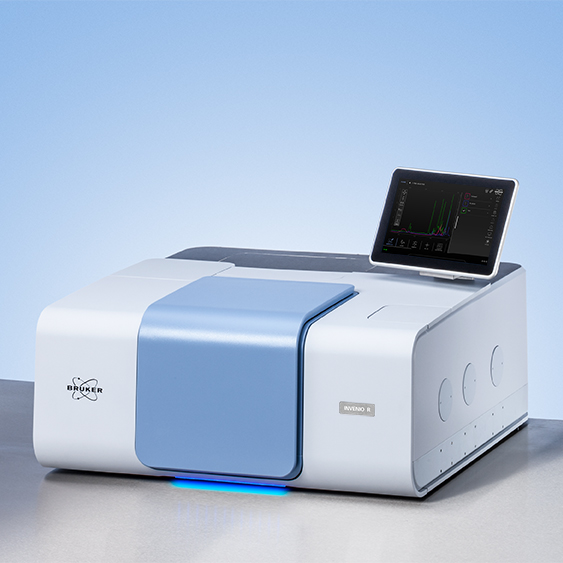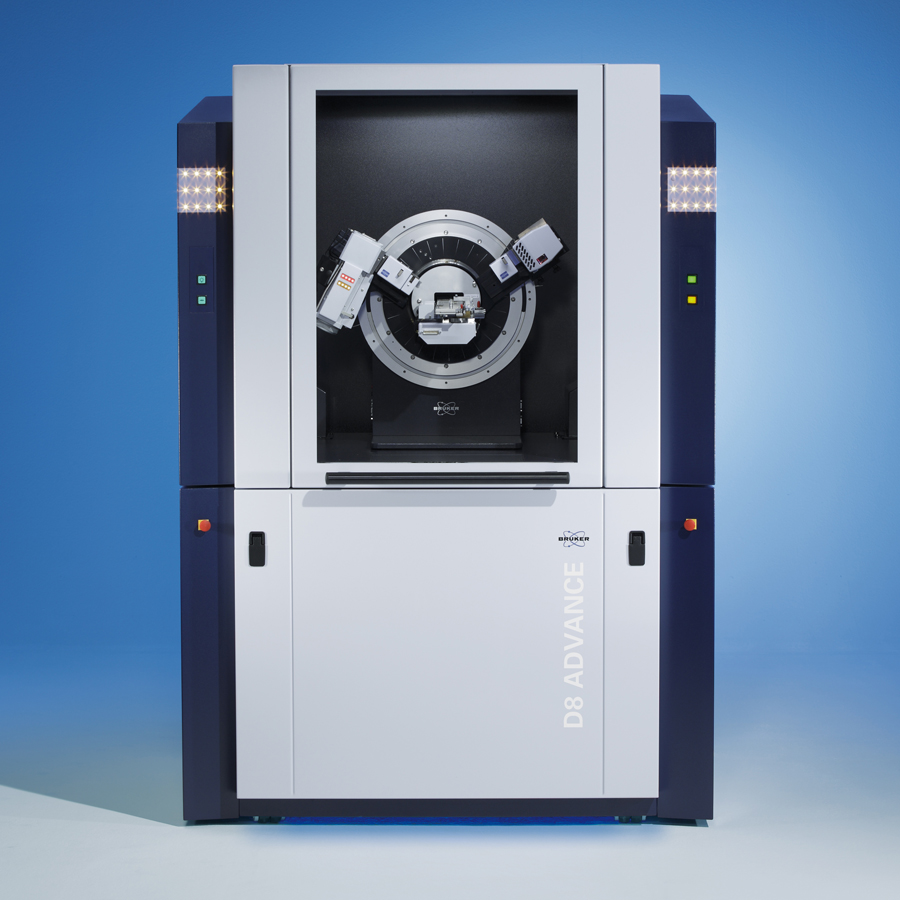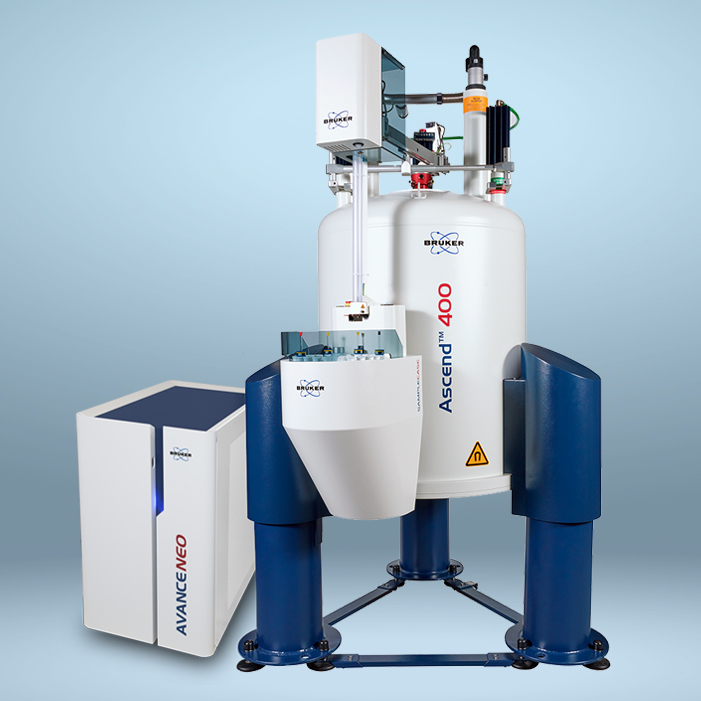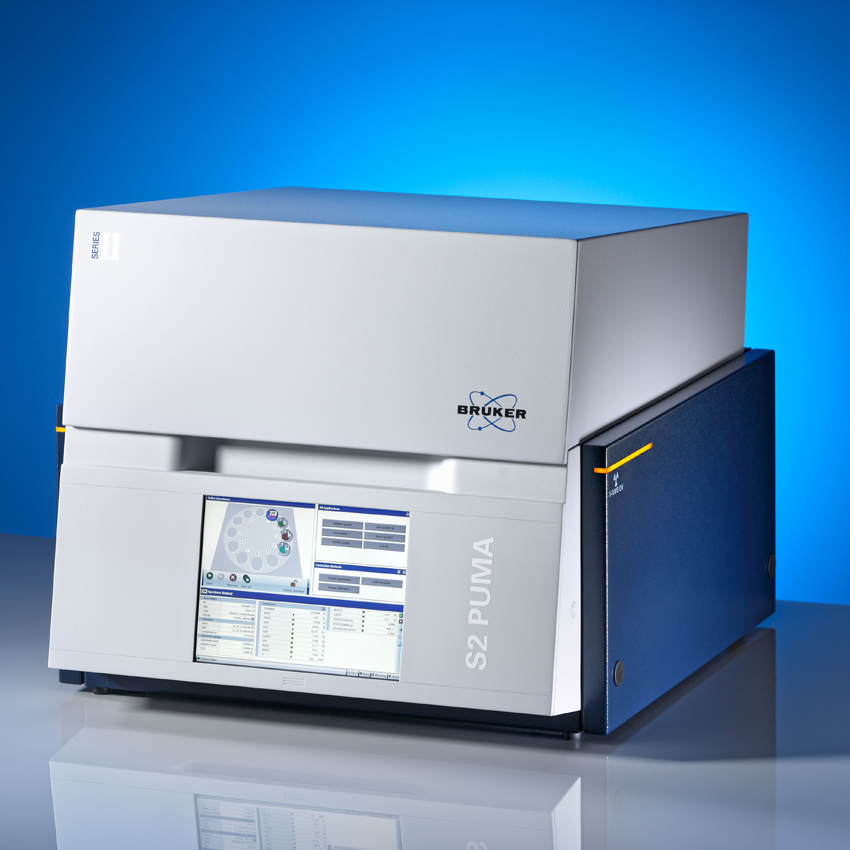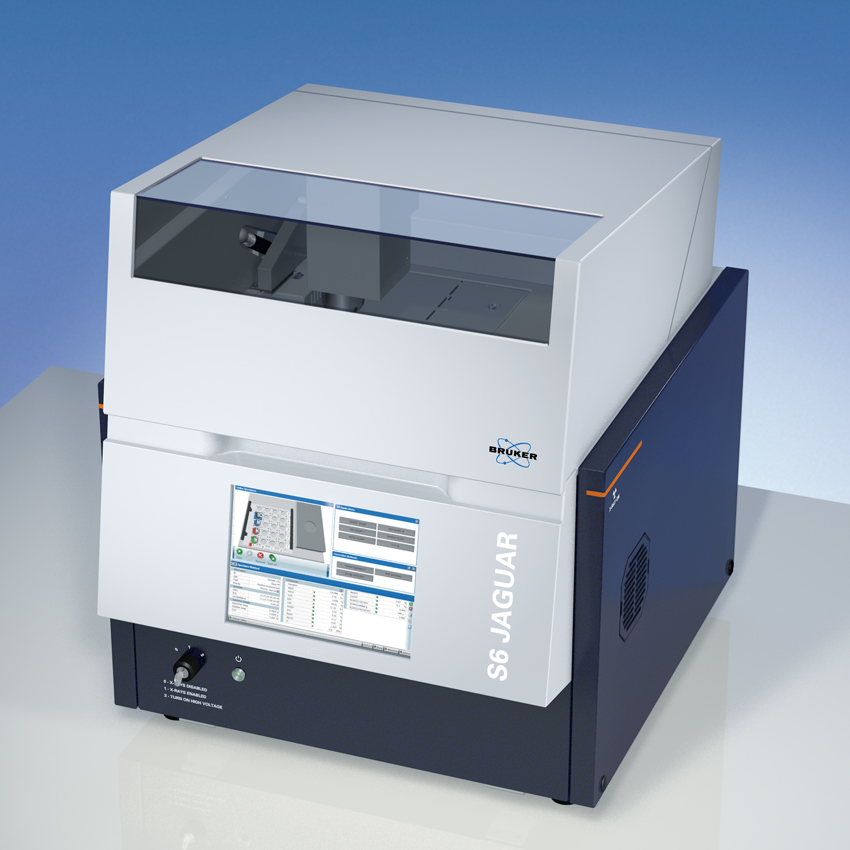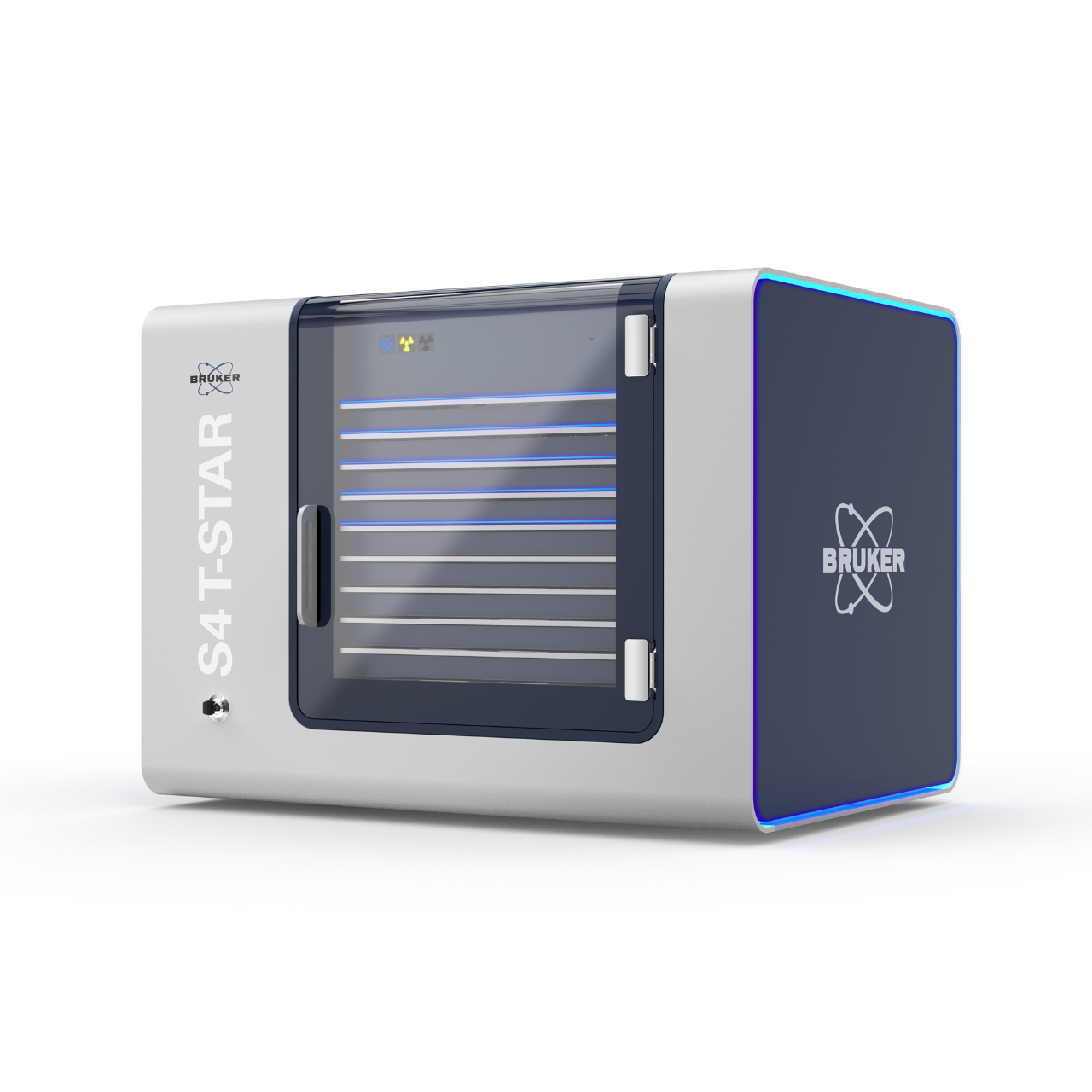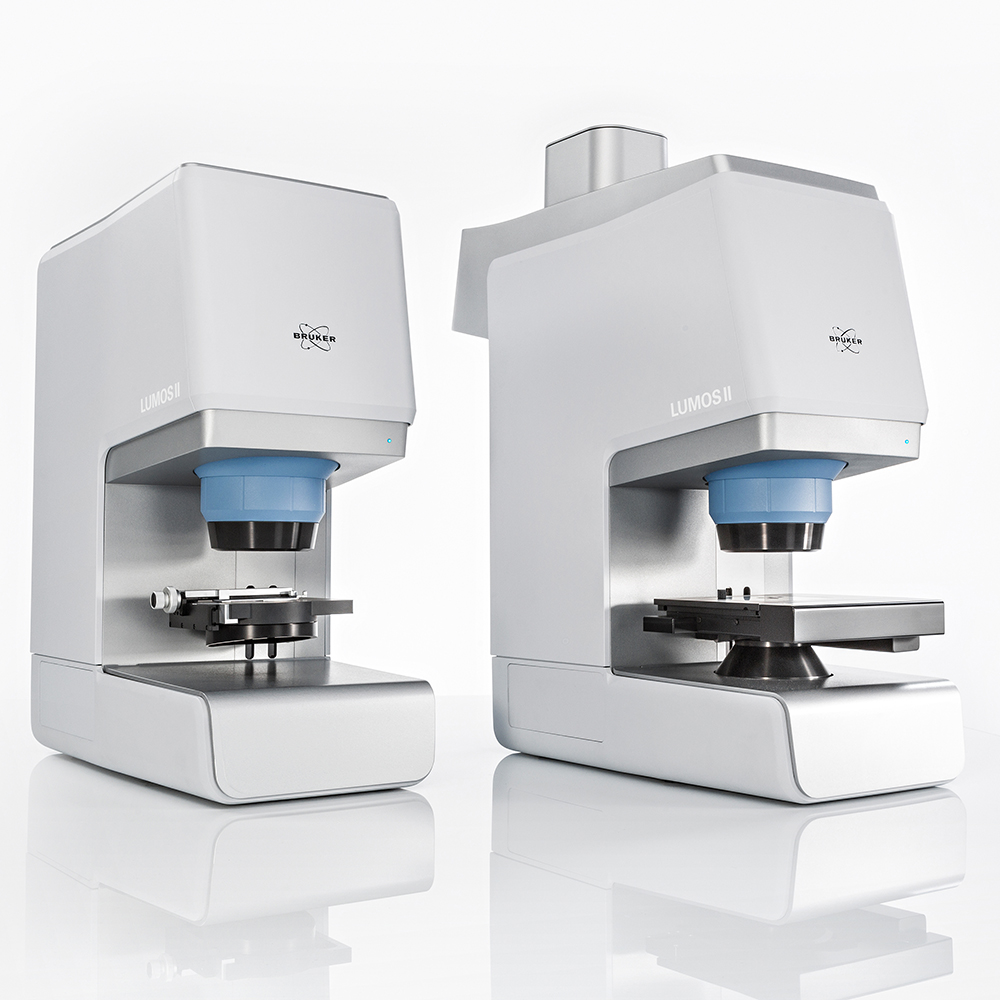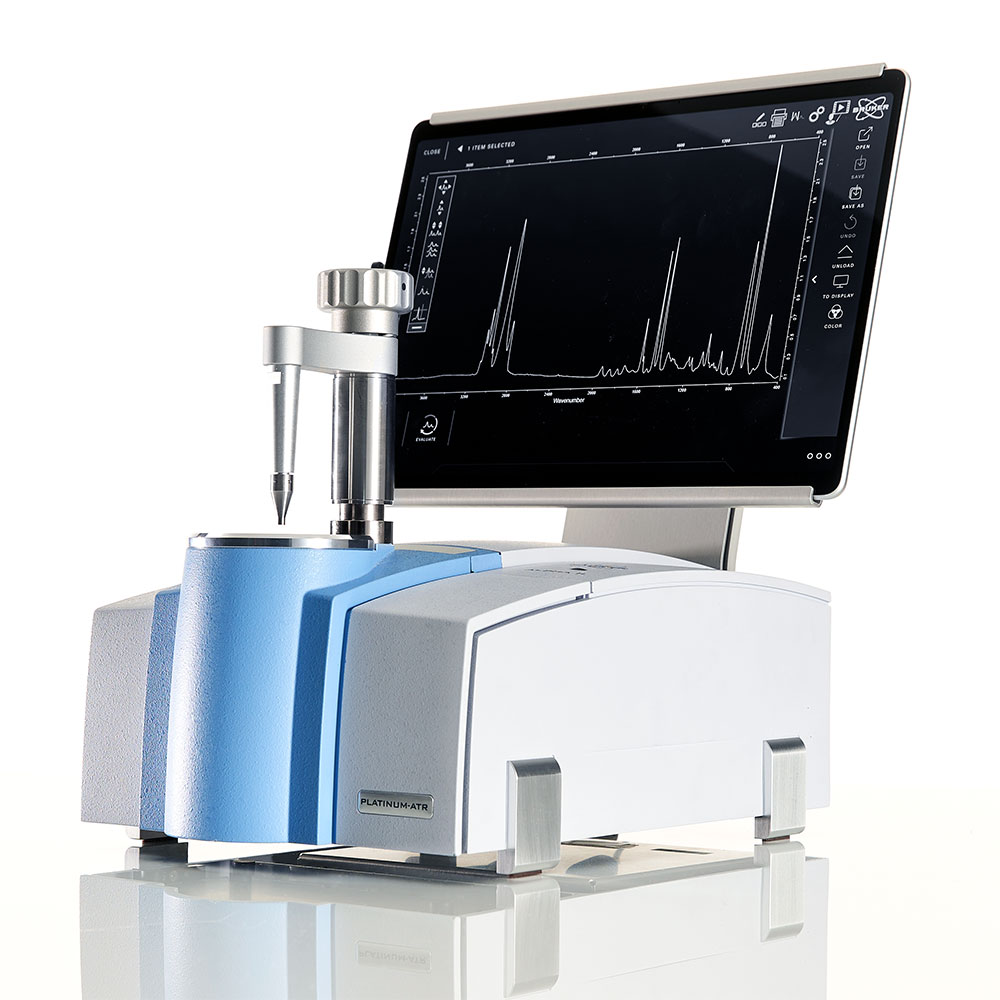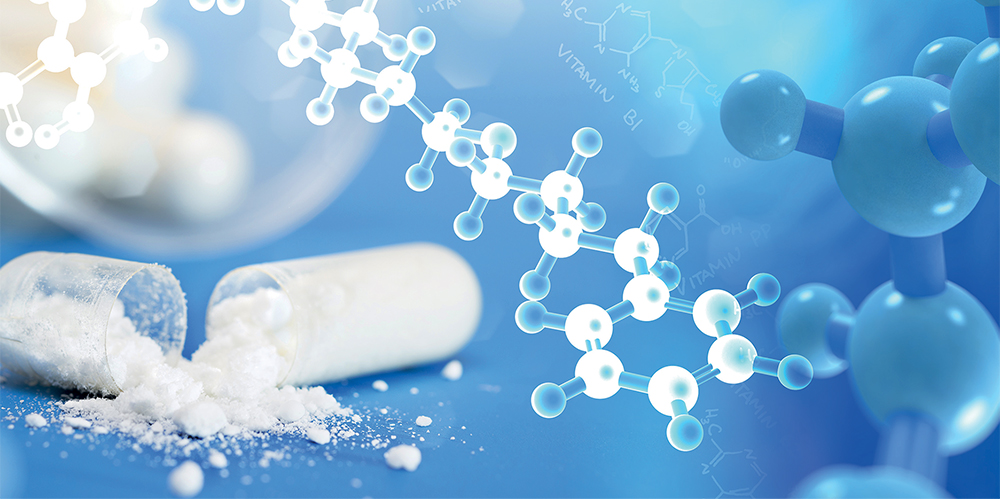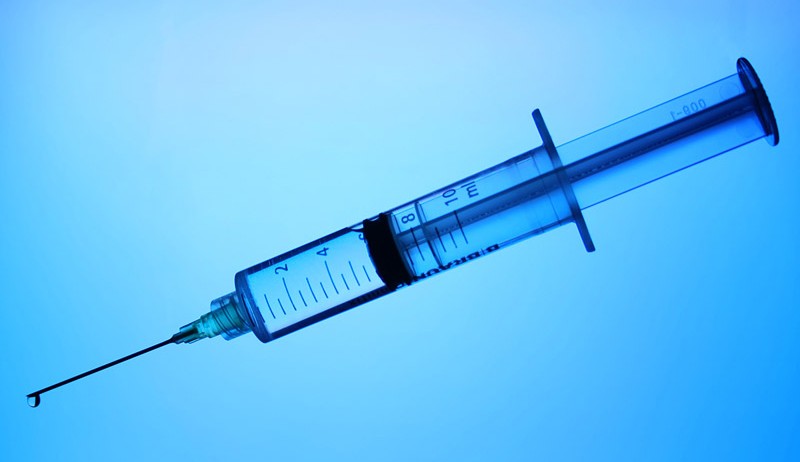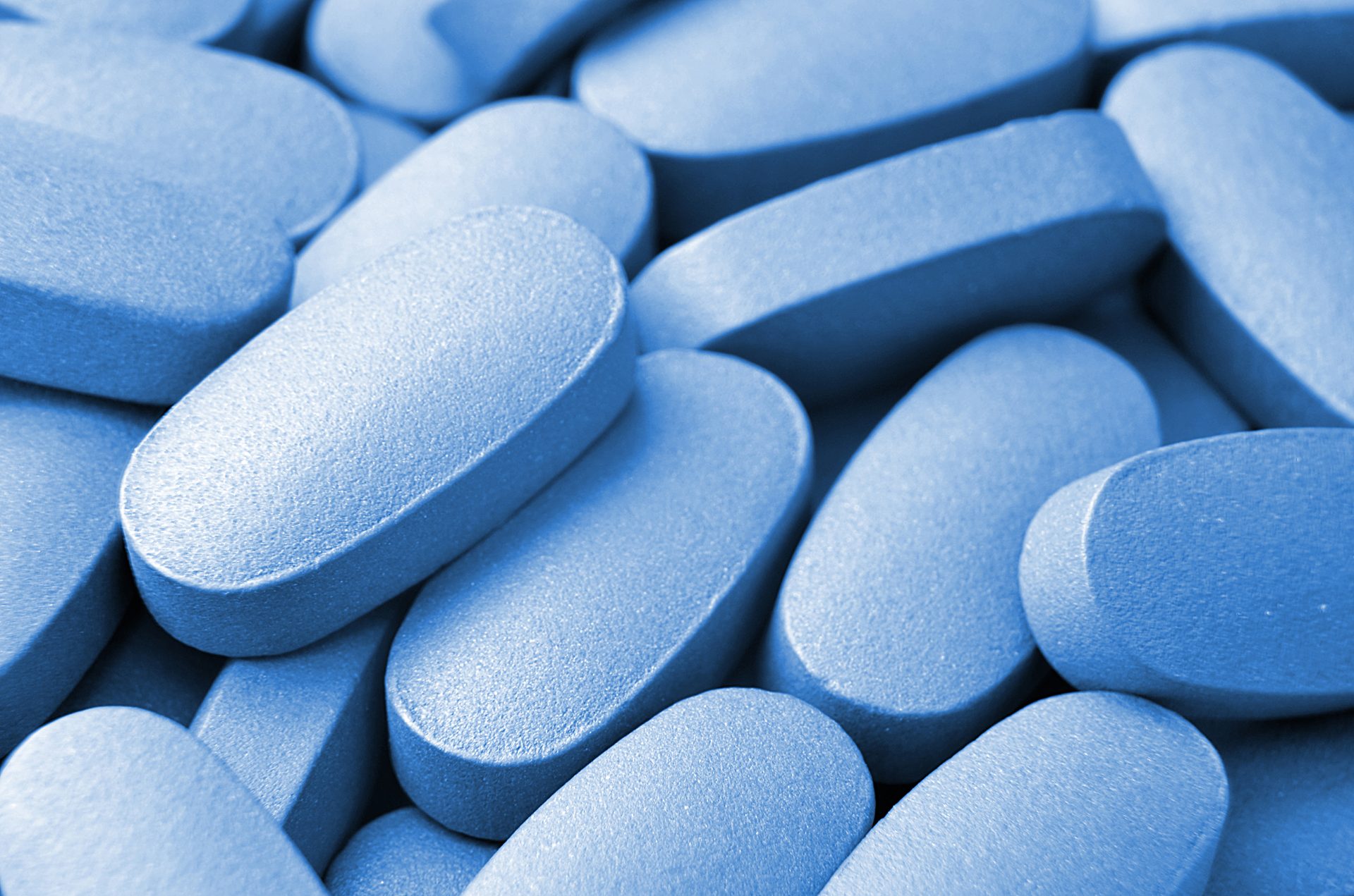

Finished Products
Advancing pharmaceutical and biopharmaceutical product quality
Drug products contain an active pharmaceutical ingredient (API) and other inactive ingredients, such as excipients, diluents, lubricants, and binders. The purpose of the inactive ingredients is to optimize the drug’s performance, for example by modifying drug release or facilitating absorption. The API together with these ingredients makes up the drug formulation.
APIs also require characterisation as part of their release and several identification and analytical characterisation techniques may be employed. NMR is very commonly used, and a raft of 1D and 2D NMR experiments may be employed to ensure full and unambiguous assignment of the chemical structure of the material being studied as well as proof of structure. For batches that are regularly manufactured on a production plant there will frequently be a reference spectrum available to allow quick confirmation of structure between batches.
During drug development, all drug products are formulated to particular dosage forms – such as oral tablets, capsules, injections, topical and inhaled – in order to be delivered effectively to the patient. Formulation development, therefore, depends on the dosage form, as will the analytical technology required to verify the quality of the finished product.
The process of formulation development ensures that the drug being manufactured is chemically and physically stable, and remains so throughout its shelf life. Formulations must also be bioavailable, and meet regulatory requirements and quality standards to ensure patient safety.
APIs must be physically and chemically compatible with the excipient within a given formulation. Selecting the right excipient is usually the first stage of formulation development and recent technological advances have provided a clearer picture of the interactions of excipients with APIs.
To verify the finished product quality and learn from potential quality-deviation to improve the manufacturing process, various analytical techniques are being used, depending on the active and inactive ingredients as well as the formulation.
Fourier Transfer Infrared (FT-IR) spectroscopy, elucidates the influence of the formulation on protein stability in biopharmaceutical drug products. For tablets, a dedicated Tablet Analyzer based on QCL technology is available to check content uniformity.
XRD is a key method to characterize and control the stability of final products by detecting solid-state phase transformations (polymorphism), dehydration/desolvation, chemical reactions, and recrystallization at ambient as well as non-ambient (temperature, humidity) conditions during storage.
X-ray fluorescence (XRF), is used to accurately measure elemental (metal) concentrations at major, minor, and trace levels and, thus, to determine the elemental purity of the product.
Solid-state NMR (ssNMR) is used as a premium technique to test final products in the solid-state. Because it is a high resolution that can detect several polymorphs in the same spectrum. Excipients typically do not significantly interfere with the analysis. And if they do, selective experiments can be performed (1H; 19F, 35Cl). An affordable, benchtop version of ssNMR is time-domain NMR (TD-NMR), used to monitor phase purity and unique for the capability of quantifying amorphous form with LOQ < 1%.
Benchtop TD-NMR is also used for high accuracy, rapid 100% fill check of vials, and filled syringes.
More information
Support
Service and Life Cycle Support
Bruker’s commitment to provide customers with unparalleled help throughout the buying cycle, from initial inquiry to evaluation, installation, and the lifetime of the instrument is now characterized by the LabScape service concept.
LabScape Maintenance Agreements, On-Site On-Demand and Enhance Your Lab are designed to offer a new approach to maintenance and service for the modern laboratory
